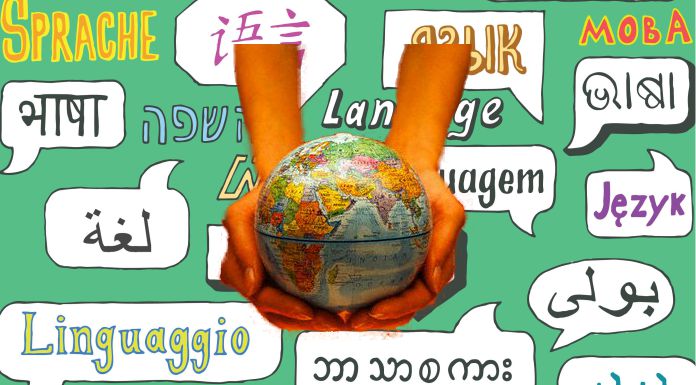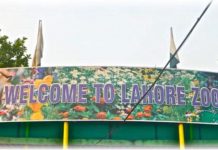It is alleged that in the Muslim lands, priority is given to Islamic faith rather than local cultures. Be it politics or administration, sports or festivities or be it schooling of the children — all revolve around the religion. In Islamic countries, or Muslim-majority countries to be more precise, mostly religious considerations overshadow the cultural ones while teaching. However, there are also several examples amongst the vast Muslim World where culture dominates the faith.

If we consider culture as the combination of the language spoken and the geographical location one belongs to; also which includes the way one represents dates, times and currencies — then the foremost thing for teaching, keeping in view the cultural content is the language. In twenty-two countries that are members of Arab League, the official language is Arabic. Therefore, the medium of instruction is also Arabic in these countries with some exceptions in African Muslim countries where French also plays an important role. As Saudi Arabia being the birthplace of Islam derives its culture in entirety from the Islamic faith, its education also works under the shadow of religion. Contrarily, Iran which is another power-hub of the politics of the Middle-East gives immense consideration to its culture, its glorious pre-Islamic past and to its language. Albeit Iran professes a religious face in the modern times, still the cultural spirit has never been eroded from the hearts of the Iranians.
Iranians are extremely proud of their Persian language, which has its roots in ‘Pahlavi’, a pre-Islamic language with the difference that it was written in cuneiform script. Moreover, Iran is a nation that follows its own Persian calendar, unlike the Islamic Hijri calendar.
In most of the Muslim countries, the scripts of local languages have been transformed into Arabicized script. For instance, Persian, Urdu, Sindhi and many other local languages of Muslim cultures are written in Arabic script. Moreover, there are also some of the languages that are simultaneously written in Arabic and local scripts by Muslims and non-Muslims respectively, while they are spoken perfectly in a similar fashion. Punjabi is a great example which is written in Arabic or Nastâliq script by Muslims and in Gurmukhi script by the Sikhs or Hindus of Indian Punjab. Similarly, there are several languages of Muslim peoples which used to be written in Arabic script but now have been altered to other scripts; for instance Turkish, Tajiki and Uzbeki etc.
Since the days of the renaissance, the Western world has continuously been and quite successfully, driving against the torrent of religion in politics as well as science. So far the Muslim world is concerned; it did not witness any such war between religion and science as happened in Europe. However, viewing the rapid developments in the twentieth century, there have been considerable developments in the intellect of Islamic world as well. In many Muslim lands, culture has come at the forefront while faith became passive. The greatest example can be considered that of Turkey, which from being the heart of Islamic political system became completely secular and prioritized Turkish nationism, culture and language over the religion.
Even in the Arabic-speaking world like Egypt, Syria or Tunisia, the cultural and historical aspects are viewed as vital for their respective national identities. In the Indian sub-continent however, which houses around a third of the total Muslim population of the world, local cultures are sometimes thought to be alien as compared to the religion Islam. The Muslims of India, Pakistan, and Bangladesh have their respective cultures with roots of Hinduism. Therefore, religious considerations are kept superior while schooling the next generations. Art, music, poetry or even architecture is deliberately ‘Islamicised’ in these cultures in order to differentiate themselves from Hindu majority.
Here another point of concern is the influence of western languages in the Muslim lands. For instance, modern Persian has very strong influence of French and to some extent German. Similarly, in the African countries where France colonised, French is often the official language. Muslim countries like Senegal, Algiers and Nigeria have their second or sometimes official language as French. Above all English as a Foreign Language (EFL) has the greatest influence not only in the Muslim world but throughout the globe. Among fifty-seven countries where English is recognized as an official language, there are also many Muslim states. Pakistan and Bangladesh to name a few.
With these points in mind, one thing ought not to be erased from one’s memory that Islam as a faith is one of the most important forces in the history of mankind which has driven human race to form civilizations and cultures.




 EducateBox is your education news, past papers, model papers, interesting articles website. We provide you with the latest breaking news straight from the education industry. We are your all-access pass to all the A-List tutorials around the globe.
EducateBox is your education news, past papers, model papers, interesting articles website. We provide you with the latest breaking news straight from the education industry. We are your all-access pass to all the A-List tutorials around the globe.